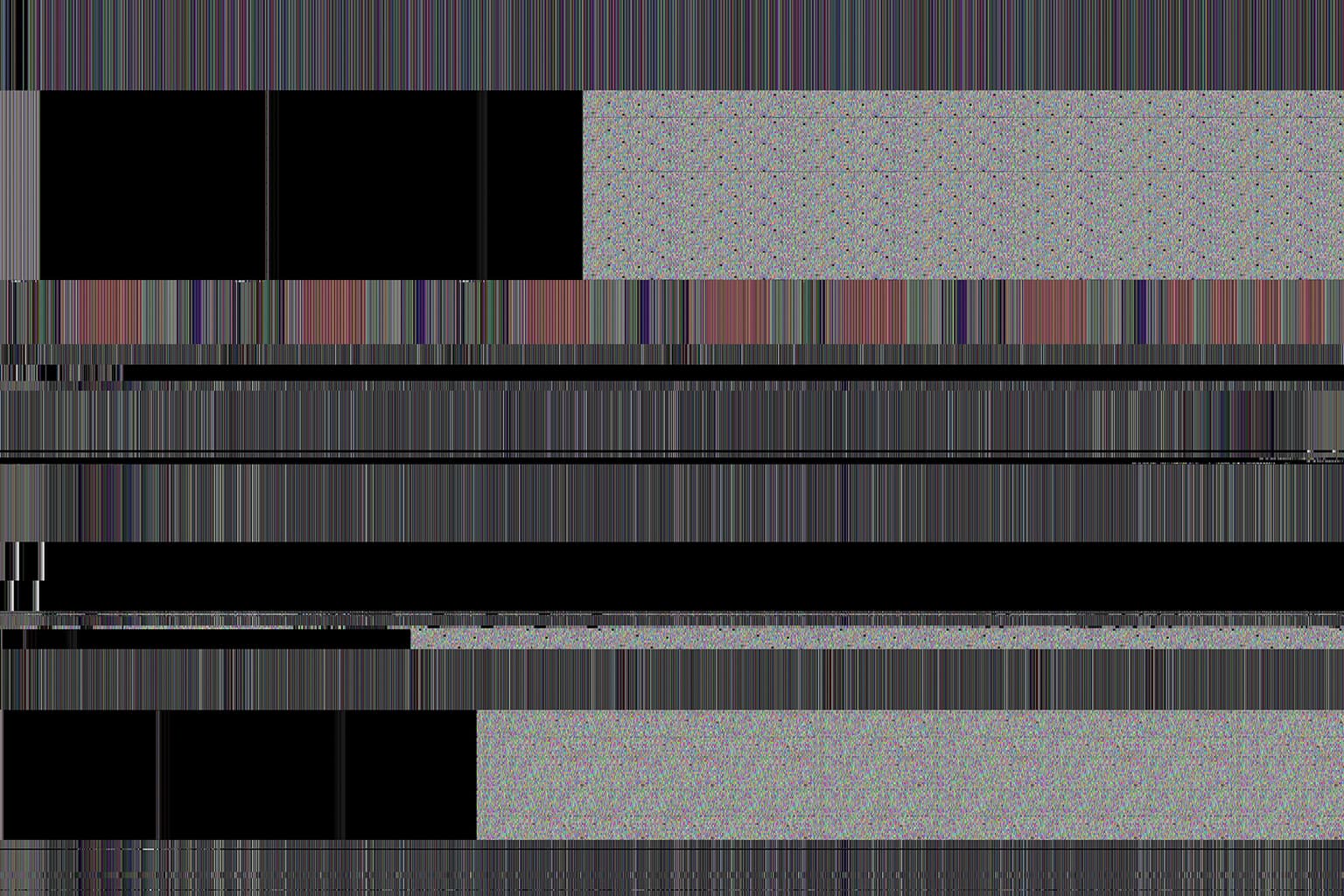2013 Joint Mathematics Meetings
Fabrizio Augusto Poltronieri
Artists
Fabrizio Augusto Poltronieri
Artist
[+zero]
Statement
As a mathematician and artist I explore the concept of mathematical chance through a philosophical approach based on the ideas of Charles S. Peirce. My images are created by series of coded mathematical operations under the rulership of mathematical chance. The mathematical chance, in turn, is ruled by absolute chance. The most important about my oeuvre is to know that it remains open and continuous, being a non-hierarchical dialogue that reflects on the contradiction and on the experiences of alterity. My oeuvre should not, therefore, be limited by the discourse of method as an aesthetic guideline towards the truth. Instead, it should take the flusserian* doubt as an example that makes mirroring and contemplation possible, taking it as a model for contemporary categorial thought and considering doubt in opposition to modern methodologies of certainty, maintaining this doubt as fundamental for intellectual and artistic investigation. * Vilém Flusser, philosopher, 1920-1991
Artworks

Mnemosyne
24" x 36"
C++ code, Metallic C-type Print
2012